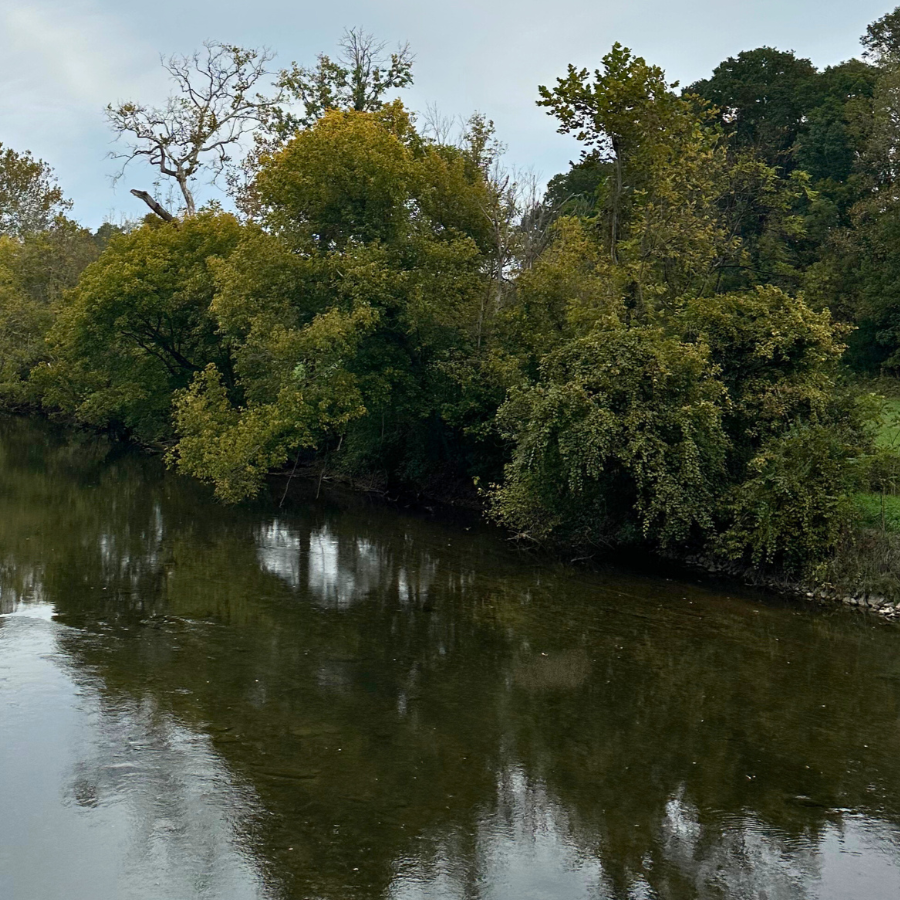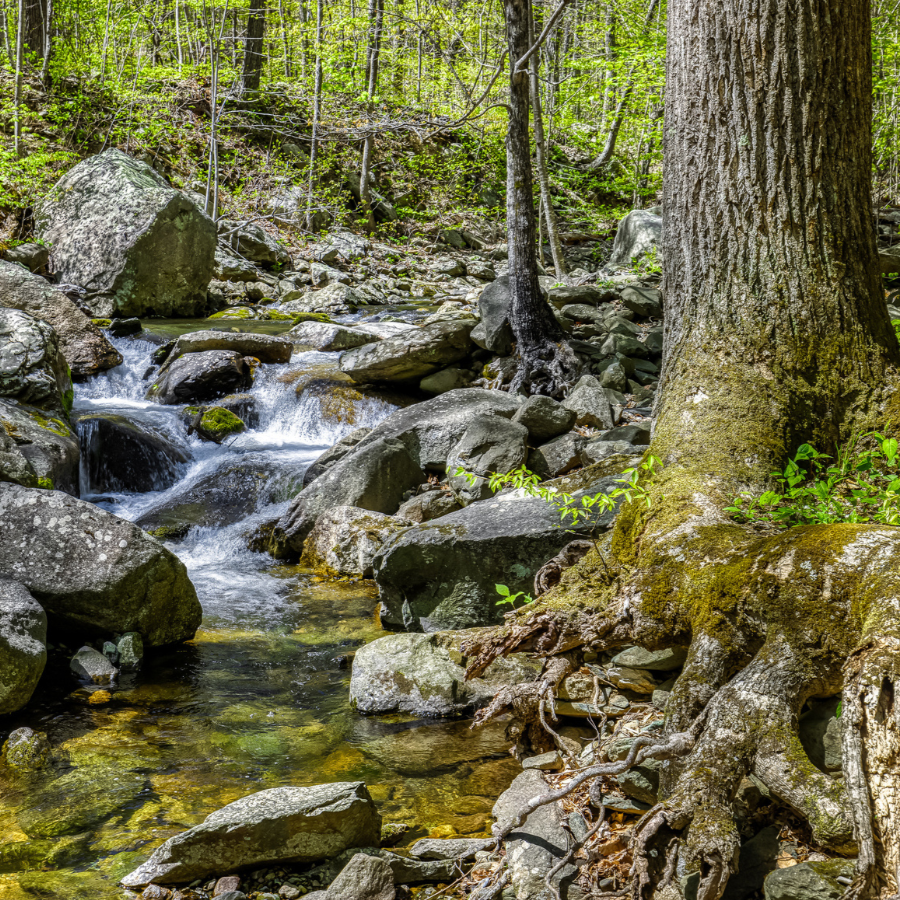Why Saving Back Creek Matters—3 Locals Share Why This Hidden Gem Deserves Protection
/Beyond the DMV: Back Creek’s survival impacts the Potomac River’s health and wildlife
Land conservation easement in back creek, wv
Safeguarding the headwaters of the Potomac River clean is critical to ensuring the entire region has clean water. The freshwater creeks and streams that wind through the forests of West Virginia and Virginia’s western hills provide the cleanest sources of water to the Potomac, benefiting all the communities who rely on this 400-mile river.
To protect our upstream forests, Potomac Conservancy is spearheading a special initiative to create a 2,000-acre Back Creek Conservation Corridor. We’re working with family farmers and rural community members to permanently protect a connected hub of streams, forests, and wildlife habitat — forever.
This conservation corridor is part of our larger strategy to protect and restore 70% of upstream forests, forever safeguarding them from deforestation and helping reduce pollution entering the Potomac River.
As a nationally accredited land trust, we’ve protected over 16,300 acres in the last thirty years. Our Clean Water – Healthy Communities Campaign aims to more than double this goal by placing an additional 20,000 acres into conservation. That’s half the size of DC!
Hear from 3 locals why Back Creek is a special place to save
Sprawl is creeping closer and closer to Back Creek…
Hogbin property in THE winter - image courtesy of bill macfarland, www.macfarlandphoto.net
Clint Hogbin, a lifelong resident of Berkeley County, West Virginia, is carrying forward a seven-generation conservation-minded legacy with his wife, son, and daughter.
Over his lifetime, particularly in the last decade, he has watched fast-paced sprawl inch closer and closer to his community in Back Creek, a tributary to the Potomac River. This beautiful area is home to hard-working families, farmers, forests, and one of West Virginia’s cleanest streams.
Urban sprawl threatens the life they have built in West Virginia, centered around nature and the Potomac River. That’s why they put their 51-acre property in Berkeley County into a conservation easement.
Local land conservation is powerful because we don’t need to wait for an opportunity to help the environment. By transforming properties into easements, the landowners are helping us cross into a clean water future for our communities.
“Since we went through the process back in November 2011, I’ve rested easier knowing our family did our part to protect the lands and waters we love for future generations.” - Clint Hogbin
Unbroken natural beauty perfect for outdoor enjoyment
A hiker on a trail
Growing up in West Virginia, Rodney Bartgis always relished the natural world and loved exploring the Back Creek region.
In the past few decades, Rodney has noticed many changes in his Berkeley County hometown, such as the lack of access to nature. When he was growing up, the land in the Back Creek watershed was comprised of larger parcels of land, and neighbors typically knew each other. Lucky for him, that meant being able to walk on someone else’s property to get to the river and streams.
Now, we’re seeing these large pieces of land broken up, which decreases access and harms the Potomac River. With smaller properties, Rodney has seen more intensive land use, leading to increased polluted runoff and erosion. For animals, it creates more habitat fragmentation, making species that aren’t tolerant of people less common.
Rodney is hopeful that in the next 30 years, we’ll see more land conservation programs that help keep larger properties intact or opportunities for public agencies to acquire land so the public can enjoy it.
An absurdly rich zone for wildlife
Wood turtle resting on a rock
As a tenth-generation West Virginian, Than Hitt knows the importance of Back Creek not only to the residents but also to the indigenous wildlife. Than is a Senior Scientist at the West Virginia Rivers Coalition who works to study the Potomac’s ecosystem and support efforts to conserve more land in the region for animal habitat and food sources.
“Back Creek stands out as one of the most important conservation opportunities in the upper Potomac watershed,” said Than adding, “Not only is it a prized destination for anglers and boaters, but it also provides vital habitat for wildlife species such as American eel, tessellated darter, as well as wood turtles and rare freshwater mussels.”
Increasing the scale and pace of our land conservation work is how we can take bigger steps to help all the creatures that live in Back Creek.
The Potomac River is only as healthy as its surrounding land. That’s why we must safeguard the land in the Potomac River region. Permanently protecting land slows down urban sprawl, reduces polluted runoff, and preserves wildlife habitat.
Help us protect 20,000 acres of streamside forest.
Join our Clean Water, Healthy Communities Campaign!
Interested in turning your property into a conservation easement? Reach out to our team to learn more at lands@potomac.org.











